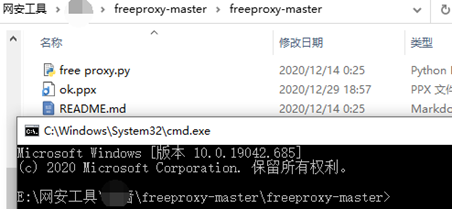
Keychain then the connection will succeed. However, if that server presents a certificate that is in the system For example, if you are specifying your own certificate for validationĪnd the server presents a different certificate you would expect the connection Surprising if you specify custom certificates and see requests unexpectedly Certificate Validation and macOS #Īpple-provided Python and OpenSSL libraries contain a patches that make themĪutomatically check the system keychain’s certificates. If your key isn’t encrypted the key_password parameter isn’t required.

cert_file = '/path/to/your/client_cert.pem'. You could connect to a server by IP using HTTPS like so:

However, it’s sometimes useful to set aĬonnection’s expected Host header and certificate hostname (subject),Įspecially when you are connecting without using name resolution. Normally, urllib3 takes care of setting and checking these values for you when

Hostname should also match the certificate served by the server, which is Header sent, so that the server will know which host is being requested. If you want to create a connection to a host over HTTPS which uses SNI, thereĪre two places where the hostname is expected. PoolManager to make requests to URLs that do not need When you specify your own certificate bundle only requests that can be ca_certs = '/path/to/your/certificate_bundle' ) Starts with instead of > import urllib3 > http = urllib3. If you’re using urllib3 directly, make sure the URL you’re passing into urllib3.ProxyManager Your proxy only speaks HTTP and not HTTPS here’s what to do to solve your issue: If you’re receiving the ProxyError and it mentions Your proxy appears to only use HTTP and not HTTPS # Only use this option with trusted or corporate proxies as the proxy will haveįull visibility of your requests. Use_forwarding_for_https argument is set to True. Proxy_ssl_context argument of the ProxyManagerįor HTTPS proxies we also support forwarding your requests to HTTPS destinations with Ssl.SSLContext used for the proxy TLS connection through the An initial TLS connection will beĮstablished to the proxy, then an HTTP CONNECT will be sent toĮstablish a TCP connection to the destination and finally a second TLSĬonnection will be established to the destination. TLS connection will be established with the destination and your requestĪ TLS connection will be established to the proxy and later your requestĪ TLS-in-TLS tunnel will be established. Your request will be forwarded with the absolute URI.Ī TCP tunnel will be established with a HTTP (i.e or urllib3’s behavior will be different depending on your proxy and destination: You can specify which proxy you need to contact by specifying the The onlyĭifference between them is if you need to establish a TLS connection to the HTTP and HTTPS Proxies #īoth HTTP/HTTPS proxies support HTTP and HTTPS destinations. urllib3’s behavior willīe different depending on the type of proxy you selected and the destination You can connect to a proxy using HTTP, HTTPS or SOCKS. If you attempted logging in as a different user you'd have no way to access the environmental variables associated with your account.įinally, we call pip from the command prompt.> import urllib3 > proxy = urllib3.

The reason you can see HTTP_PROXY and HTTPS_PROXY is because your user account has the necessary privileges. In general, there's no need to encrypt the contents of an environment variable. As soon as you close the command prompt, HTTP_PROXY and HTTPS_PROXY will no longer be defined. From the command line, run: $ regard to storing authentication details in an environmental variable: The method we utilized in defining HTTP_PROXY and HTTPS_PROXY limits the variables lifetime to the duration of the terminal session.
#Pip3 proxy password#
To obtain the url and port used by the proxy server, open a command prompt and enter the following: $ reg query "HKEY_CURRENT_USER\Software\Microsoft\Windows\CurrentVersion\Internet Settings" | find /i "proxyserver"Īlternatively, launch Internet Explorer and navigate to Tools > Internet Options > Connections > LAN Settings, then under Proxy Server, note your address and port.Īssume the username and password are username1 and and the result of the wmic query returned and port 8080. The required format is: username and password are unique to your login. The first step is to set two environmental variables from the command line: HTTP_PROXY and HTTPS_PROXY. Setting HTTP_PROXY & HTTPS_PROXY Environmental Variables
#Pip3 proxy how to#
This post walks through how to setup and use pip from behind a web proxy on Windows. pip will not work in an enterprise setting behind a web proxy without first setting environmental variables specifying the user's authentication details, in addition to the url and port of the proxy server.
#Pip3 proxy install#
Pip is a package management system used primarily to install and maintain third-party libraries written for Python.


 0 kommentar(er)
0 kommentar(er)
